3 Day Potty Training: How Does it Work?
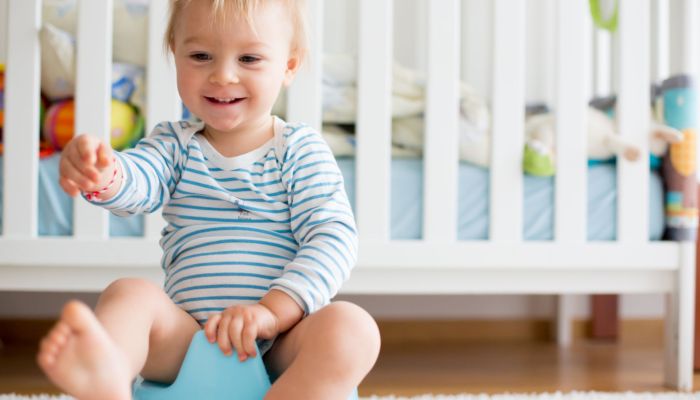
- The 3 day potty training method is an intensive, parent-led approach to potty training.
- You’ll need to clear your schedule for three days so you can focus on potty training.
- During that time, your child won’t wear diapers (with the possible exception of naps and bedtime).
- Many parents successfully potty train with this method if their child is physically and emotionally ready.
If you’re ready to say goodbye to diapers, the words “quick” and “easy” probably don’t immediately come to mind. For many parents, potty training can be a long and stressful process.
Using the 3 day potty training method, though, you may be able to get your little one out of diapers in just a few days. It may sound crazy, but with consistency and a lot of patience, it’s totally possible.
What is the 3 Day Potty Training Method?
The basic idea of the 3 day potty training method is to spend three days focused on potty training and nothing else.
Unlike some other, more gradual methods, this boot camp approach will give your child lots of practice in a short amount of time. The three day method quickly helps children learn when and how to go, assuming they’re developmentally ready.
The method is parent-led and will require you to watch your child closely. During the three days, your child won’t wear diapers or pull ups, and you will need to stay close to home. Many parents choose to do this over a long weekend, but any time will work if you stay home with your child during the day.
You can begin the three day method whether your child has already started learning to pee and poop on the potty or has never used the toilet. If you think your child is ready to say goodbye to diapers for good, you might find that the more intensive three day method gets the job done.
What Do I Need for 3 Day Potty Training?
Once you have decided on a date to start and cleared your calendar, there are a few things you will need:
- Toilet (of course!)
- Potty seat
- Step stool
- Big kid underwear
- Groceries for three days (including extra drinks)
- Activities you can do at home
- Potty training rewards (optional)
What are the Steps in 3 Day Potty Training?
While there are some variations of the three day method, most of them consist of the same basic steps. You might follow these steps exactly or decide to do some things your own way.
- Get ready
If you haven’t already, introduce your child to the idea of using the toilet. Get them excited about using the potty by reading stories and picking out their new underwear together. If you have a partner or other caregivers, be sure they’re on the same page and prepared to help.
- Say goodbye to diapers
You might like to have a fun goodbye ceremony with your child where you throw away their diapers. This will help mentally prepare your child and prevent you from giving up too quickly and falling back on diapers.
- Put on big kid undies (or nothing at all)
You can put your child in their brand new underwear knowing they will have an accident or save yourself some laundry by having them stay bare. It’s totally up to you. Either way, they will learn very quickly what happens when they don’t go in the potty.
- Stay home and watch your child closely
Especially on the first day, you want to stay home so you are close to the toilet. You can even keep a portable training potty nearby as your child plays. Do the activities you normally would at home. Just keep distractions to a minimum and observe your child for signs they might have to go.
- Help your child use the potty
Some parents will give reminders or take their child to the bathroom to “try” at intervals. Others will let their child figure that part out on their own. It’s totally up to you. Remember that it’s okay for them to have an accident, and that’s part of what makes this method work!
- Reward your child for using the potty
Always use positive reinforcement when it’s time to potty train. You can do this by cheering for your child when they use the toilet or giving them a small treat. Some parents use a potty training chart and stickers. Whatever you do, never punish or scold your child if they have an accident.
Day 1
On day 1, you want to give your child as much practice learning to pee or poop on the potty as possible. You can give them some extra fluids (like watered-down juice) so they need to go more frequently. Since they won’t be wearing a diaper, your child will likely have several accidents on the first day. This will help them learn when to use the potty.
Day 2
Day 2 will give your child more practice. If the first day went well, you might even consider putting your child in pants. Otherwise, you can continue to let your child stay home without bottoms or just in underwear. They might have fewer accidents on the second day.
Day 3
On day 3, hopefully your child will be communicating when they need to go to the bathroom and having fewer accidents. If so, you could try to do a very short outing nearby. Try to go somewhere where an accident won’t be too much of a problem, like a nearby park. Your child might not be ready to tackle potty training in public restrooms just yet.
While there may be some setbacks, if your child isn’t having accidents on the third day, they are probably ready to move on from their diapers or pull-ups for good during the day. You did it!
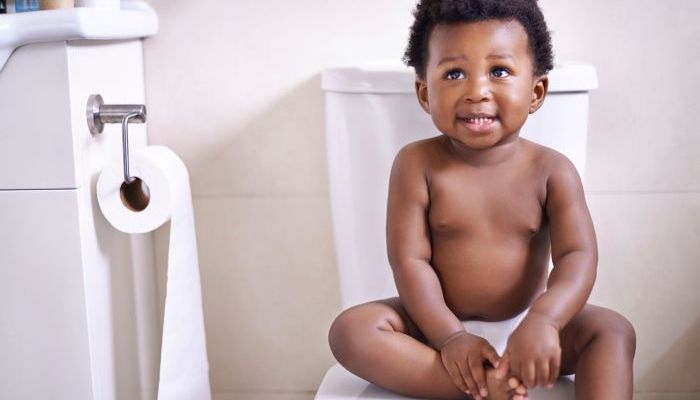
Does Potty Training in 3 Days Work?
Yes! If your child is developmentally and physically ready, 3 day potty training works. However, it’s important to remember that many toileting skills will take time to master. You will still need to take an active role in helping your child in the bathroom before they are fully independent.
It’s essential to look for signs of potty training readiness before you begin three day potty training. According to the American Academy of Pediatrics, most children aren’t ready to start potty training until after their second birthday.
Signs of potty training readiness include:
- Staying dry for longer stretches during the day
Your child should be staying dry for 2 or more hours at a time before you begin to potty train.
- Has predictable bowel movements
If your child usually has bowel movements at a specific time or after a meal, it will make things a lot easier for both of you. This will help if you are using a potty training schedule as well.
- Showing interest in toilet training
Your child must be emotionally ready for potty training as well. If you have to force them onto the potty, they probably aren’t prepared.
- Recognizes and communicates that they are going
When kids tend to stop whatever they are doing and announce “I’m pooping!” that’s a good sign.
- Learning to get dressed and undressed
Knowing how to undress for the potty will help your child be successful and reduce stress for both of you.
Even once you have initially potty trained your child, it will take time for them to acquire all of the skills necessary to go to the bathroom independently. It could be years before they are competent in every skill.
Why is Day 2 Sometimes Worse Than Day 1?
Once the novelty has worn off, some children resist potty training on day 2. They may refuse to sit on the potty or want to wear a diaper.
Parents can also have high expectations if day 1 goes well, so it can be frustrating if there isn’t much progress on day 2.
If day 2 isn’t going great, remember to be patient and consistent. Children don’t always learn linearly and often have setbacks, and potty training a stubborn toddler can be demanding. Even after potty training, some kids will need many reminders and help going to the bathroom.
A few helpful tips for success:
- Be consistent and give your toddler your undivided attention
- If you have a partner, try working in shifts
- Expect lots of accidents—you might want to limit your child to one area of the house
- Always use positive reinforcement and an encouraging tone
- Never punish your child or make them feel bad for having accidents
What Happens After 3 Day Potty Training?
On day 4 you may decide to have your child switch to underwear during the day. Just be in touch with any other caregivers and plan ahead. If your child is in daycare, pack plenty of changes of clothes.
If you stay home with your kids, you might want to continue to stay close to home for a while. When you’re home, your child should be fine wearing underwear or pants. Accidents may happen, though less frequently.
After finishing three day potty training, some kids may still not be fully potty trained. If this happens, check your routine to see anything could be disrupting your child’s progress. If you have a busy schedule, you may need to continue to limit activities for a while.
While three day potty training will provide plenty of practice, your toddler may still need a lot of reminders. Continue using a potty training schedule or remind them to go potty at intervals. While in the long run kids should learn to go they need to, reminders may help in the beginning.
What If 3 Day Potty Training Isn’t Working?
If you have followed every step and your toddler still has lots of accidents or doesn’t seem interested after three days, they may not be ready. In this case, take a break from potty training or change your approach by using one of the other potty training methods.
Check to see if you are making any of these common potty training mistakes:
- Starting too soon
While there isn’t one right age to start potty training, most experts agree that children aren’t ready before 18 months.
- Not being consistent
It might be hard for you to spend three days focusing only on potty training, but this is key to your success. Make sure your partner and other caregivers are potty training as well.
- Stressing out
If you’re stressed or frustrated with potty training, kids will sense it. Keep things relaxed and try to maintain a positive attitude so they aren’t discouraged.
- Using negative language
Negative talk about the bathroom or bowel movements can affect kid’s self-esteem and discourage them. Avoid overreacting if they have an accident or using scolding or negative words.
- Not recognizing their child’s individual needs
Keep your child’s personality and temperament in mind as you potty train. If they’re easily frustrated or have a short attention span, you may need to adjust your approach.
When Should I Stop 3 Day Potty Training?
If your child hasn’t made any progress after three days, try a different approach. Some children respond better to a more gradual, child-led potty training method. Alternatively, you might try a slightly longer but still intensive program like naked potty training.
If your child is doing any of the following before three days are up, you might want to stop:
- Refusing to use the potty
- Having accidents right after getting up from the toilet
- Hiding to pee or poop
- Holding it or becoming constipated
- Not seeming to care if they have an accident
Remember that you can always take a break if your child isn’t ready. While it’s essential to be consistent, if it’s not working, take a break. You can always try again at a later date.
How Does 3 Day Potty Training Work at Night?
While some parents potty train their kids overnight using the three day potty training method, many don’t. It’s not unusual for children to take longer to stay dry overnight. Depending on your child, you can switch to underwear full-time or put on training pants at night.
Before you decide to switch to underwear at night, check your child’s diaper for dryness when they wake up in the morning. If they are waking up dry, you could try potty training at night. It helps to have them use the toilet before bed and as soon as they wake up. Just remember that the occasional night-time accident is normal and even expected.
How Long Should Potty Training Take?
Potty training involves several different skills that your child will acquire in stages. It can take months and even years for a child to master the skills needed to use the toilet independently. If you’re potty training a special needs child, the process may begin later and take longer.
While your child may very quickly learn to pee in the potty on their own, it could be a while before they have bowel movements on the toilet. That’s normal. Children will also need help with wiping, hand washing, and pulling their pants up. Keep in mind that while your child may be fully trained during the daytime, bedwetting is still common through age 5 and beyond.
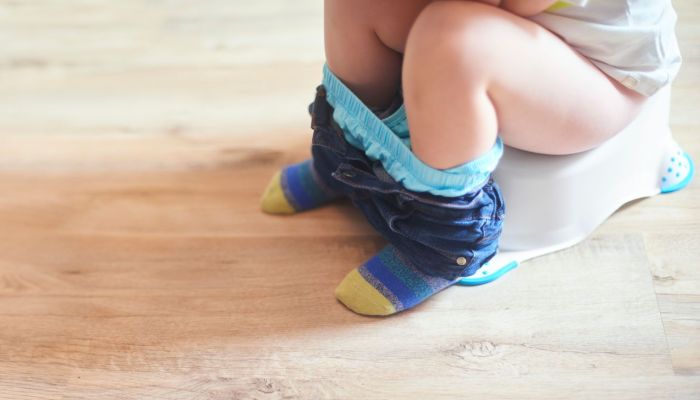
FAQ
Some parents choose to skip the training potty and have their child use the regular toilet right away. If this sounds like the approach for you, having a secure toilet seat insert like the Baby Bjorn Potty Seat can help your child transition to using the regular toilet.
While the three-day method condenses the process into three days, Oh Crap! Potty Training uses six blocks. Each block covers a specific skill, and your child will stay on each block until they master that skill. They move on to the next block once they’re no longer having accidents, and each of the blocks may take longer than a day.
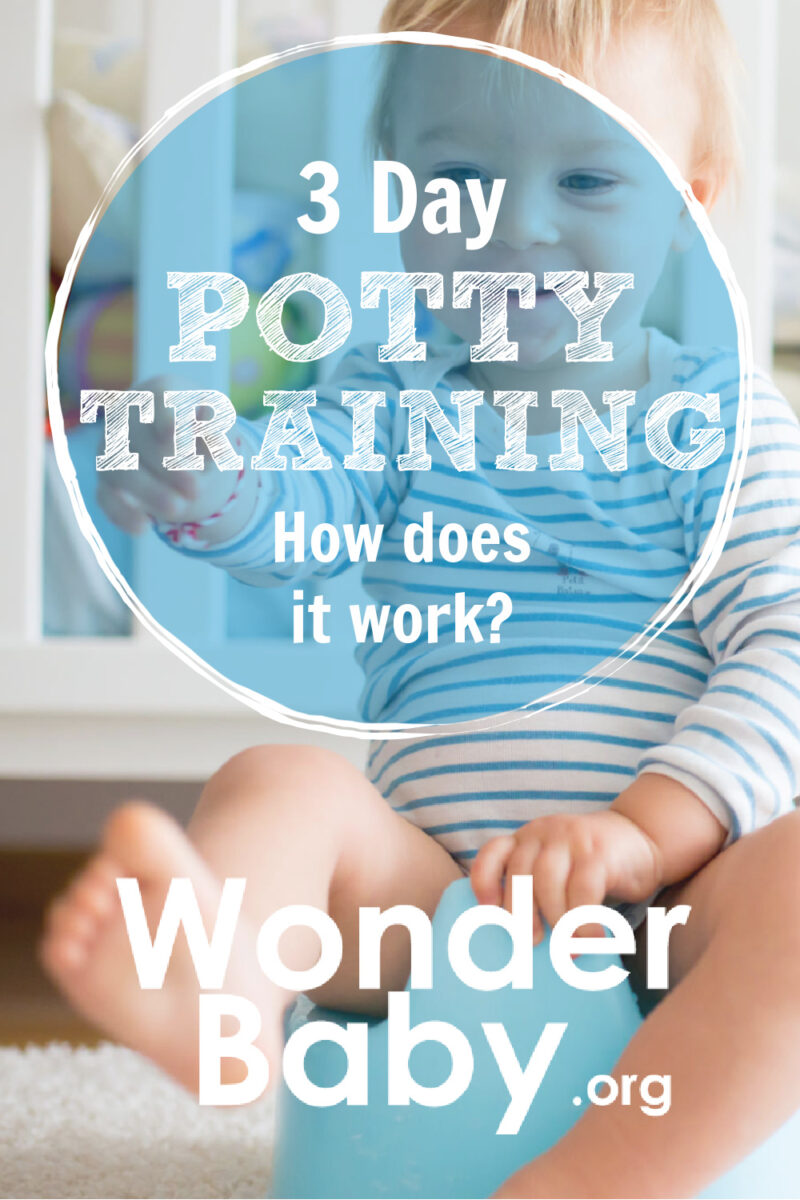
Related Posts
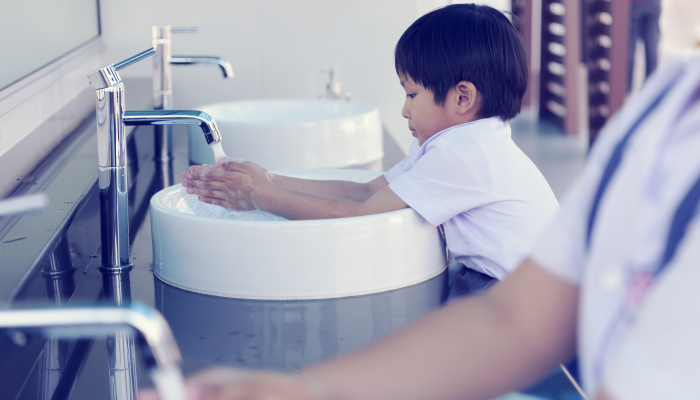
IEPs, Potty Training
7 Sample Toileting IEP Goals
Toileting IEP goals should address the specific needs and abilities of each child. Be flexible and patient as your child works on their toileting skills.
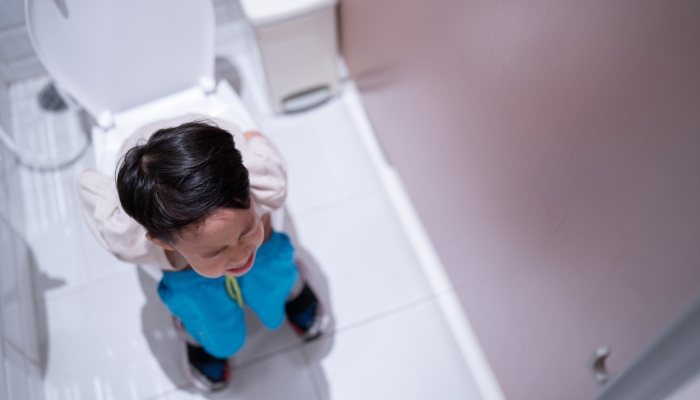
Potty Training
How To Deal With Constipation When Potty Training
Constipation is common amongst children of potty training age. Many children suffer from potty training constipation, but there are things you can do to help.
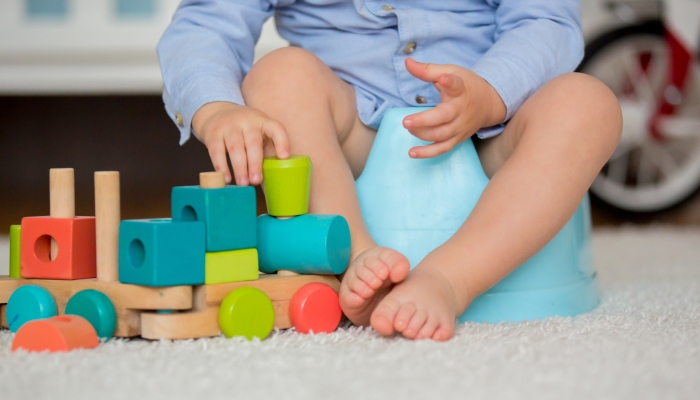
Potty Training
5 Potty Training Games To Make Potty Training Fun
Learning to use the toilet doesn’t have to feel like hard work. There are lots of potty training games you can play with your toddler to make learning fun.